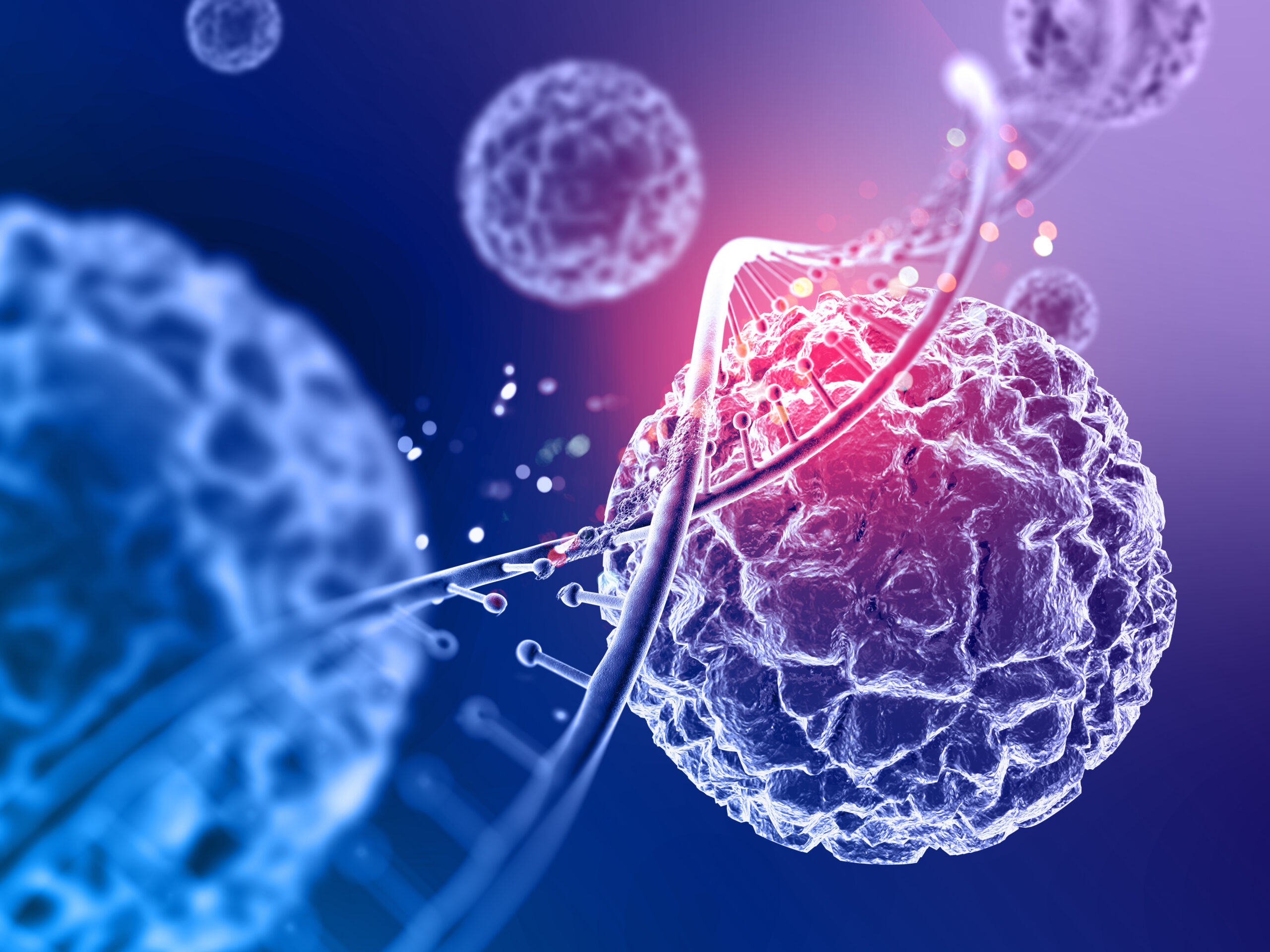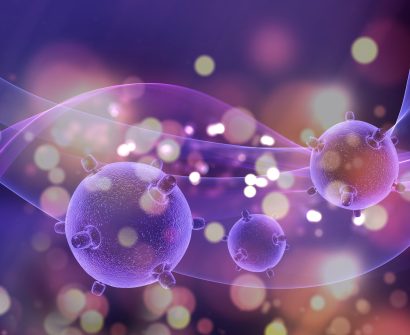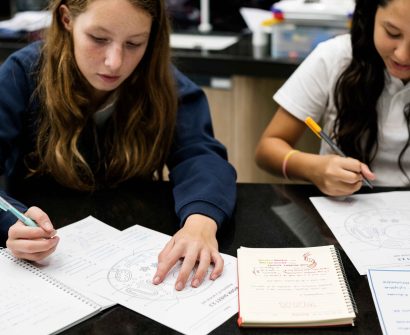Currently Empty: £0.00

If you’ve ever tried using the wrong key to open a door, you already understand a little about how enzymes work — even if you don’t know it yet. Enzymes are fascinating proteins that speed up the chemical reactions that keep us alive, and they do it in a way that’s incredibly precise. In this guide, we’ll dive into how enzymes actually work, what makes them so specific, and why all of this matters for life itself.
What Are Enzymes, Really?
At the most basic level, enzymes are biological catalysts. In other words, they speed up chemical reactions but aren’t changed or used up in the process. Without enzymes, reactions inside our bodies would happen far too slowly to keep us alive. They’re essential for everything — from digesting the food you eat to copying your DNA when cells divide.
At AMALearning, you can get better grades with our online class
Enzymes are made of proteins, which means they’re built from long chains of amino acids. These chains twist and fold into complicated 3D shapes. That 3D shape is critical because it forms a special area called the active site, where the magic happens.
If something messes with the enzyme’s structure — like extreme heat or wrong pH levels — the shape can change. Scientists call this denaturation, and when it happens, the enzyme usually stops working altogether. It’s like bending a key so badly it no longer fits into the lock.
How Enzymes Actually Work
The action of enzymes revolves around the active site. The active site is like a little pocket or groove in the enzyme, specially shaped to hold a particular molecule — the substrate.
Here’s what happens step-by-step:
- The substrate bumps into the enzyme by chance.
- If it’s the right one, it fits perfectly into the active site.
- The enzyme then helps either break the substrate apart or join it with another molecule.
- Once the reaction is over, the new products are released, and the enzyme is free to do it all over again with another substrate.
The enzyme itself doesn’t change or get used up during this process. That’s why a small amount of enzyme can be used again and again.
Enzyme Specificity: The Lock and Key Model
A key idea when talking about enzymes is specificity. Each enzyme is designed to work with one particular substrate — not any random molecule floating around. This idea is often explained using the Lock and Key Model.
Imagine the enzyme as a lock and the substrate as the only key that fits into it. If the shape of the substrate doesn’t match the shape of the active site exactly, it simply won’t fit, and no reaction will happen.
That’s why if an exam question asks, “Why does no product form when an enzyme is mixed with substrate Q?” you should explain:
- The active site isn’t complementary to substrate Q.
- Substrate Q doesn’t fit into the active site.
- Without forming an enzyme-substrate complex, the enzyme can’t catalyse a reaction, so no product forms.
Nice and simple when you think about it like a door and a key!
The Induced Fit Model — A Slight Update
While the Lock and Key Model works well for basic understanding, scientists now know it’s not always that rigid. Sometimes, when the substrate approaches, the enzyme’s active site changes shape slightly to fit it more snugly. This is called the Induced Fit Model.
Still, for GCSE level, just focus mainly on the Lock and Key idea unless they specifically mention induced fit.
What Affects How Well Enzymes Work?
Enzymes are sensitive and need the right conditions to work properly. Here are the main things that affect their activity:
Temperature
- Enzymes generally work faster when it’s warmer — up to a point.
- But if it gets too hot (above their “optimum temperature”), they start to denature.
- For most human enzymes, the sweet spot is around 37°C — normal body temperature.
pH
- Every enzyme has an optimum pH.
- Some, like those in your stomach (e.g., pepsin), love acidic conditions.
- Others prefer neutral pH, like most enzymes in your blood.
Substrate Concentration
- More substrate usually means more reactions, up to a point.
- But eventually, every active site is full, and adding more substrate doesn’t speed things up.
Enzyme Concentration
- More enzyme molecules mean more active sites available, so reactions happen faster — again, up to a limit.
If any of these conditions are off, enzymes slow down, stop, or get wrecked altogether. That’s one reason why your body works so hard to keep its internal conditions steady — a process called homeostasis.
Why Enzyme Specificity Matters
You might be wondering: why can’t enzymes just work with any substrate? Wouldn’t that be easier?
Actually, no — it would be a disaster.
If enzymes weren’t specific, random reactions would happen all the time inside your cells, causing chaos. You could end up breaking down important molecules you need, or building ones you don’t want. Enzyme specificity ensures that only the correct reactions occur, at the right time, in the right place.
This is crucial, especially in complicated systems like the human body, where thousands of different reactions need to happen without getting in each other’s way.
Real-Life Examples of Enzymes
Enzymes aren’t just important inside your body — we use them in everyday life too:
- Washing powders contain enzymes that break down stains, even at low temperatures.
- Food production uses enzymes to make cheese, tenderise meat, and even clarify fruit juices.
- Medicine relies on enzymes in diagnostic tests and treatments.
In all these cases, the key is using the right enzyme for the right substrate — just like matching the right key to a lock.
Final Thoughts
Enzymes are tiny but mighty. They speed up life’s chemical reactions with amazing precision, thanks to their specific active sites. The Lock and Key Model gives us a simple way to understand how enzymes recognise their correct substrates. Everything about enzymes — their shape, their sensitivity, their specificity — shows how carefully life has been designed to run smoothly. Without enzymes, life as we know it simply couldn’t exist.








